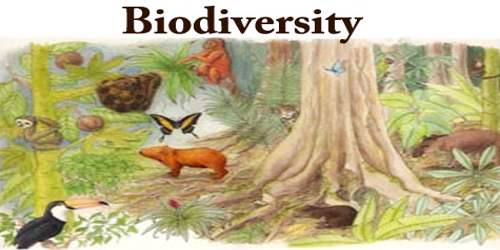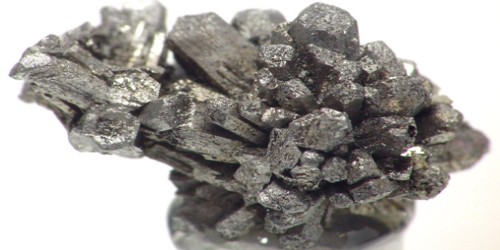Biodiversity is a term used to describe the enormous variety of life on Earth. It can be used more specifically to refer to all of the species in one region or ecosystem. Biodiversity refers to every living thing, including plants, bacteria, animals, and humans. Scientists have estimated that there are around 8.7 million species of plants and animals in existence. However, only around 1.2 million species have been identified and described so far, most of which are insects. This means that millions of other organisms remain a complete mystery. Marine biodiversity is usually highest along coasts in the Western Pacific, where sea surface temperature is highest, and in the mid-latitudinal band in all oceans. There are latitudinal gradients in species diversity. Biodiversity generally tends to cluster in hotspots, and has been increasing through time, but will be likely to slow in the future.
Biodiversity has three essential elements: Genetic diversity, Ecosystem diversity, and Species diversity. Recently a new aspect has also been added ‘molecular diversity’. Biodiversity is the result of 3.5 billion years of evolution. It has been subject to periods of extinction. The latest and most destructive stage of extinction is Holocene extinction, which has occurred due to the impact of human beings on the environment. Scientists are interested in how much biodiversity there is on a global scale, given that there is still so much biodiversity to discover. They also study how many species exist in single ecosystems, such as a forest, grassland, tundra, or lake. Single grassland can contain a wide range of species, from beetles to snakes to antelopes. Ecosystems that host the most biodiversity tend to have ideal environmental conditions for plant growth, like the warm and wet climate of tropical regions. Ecosystems can also contain species too small to see with the naked eye. Looking at samples of soil or water through a microscope reveals a whole world of bacteria and other tiny organisms.
In the last 100 years average global temperature has increased by 0.74°C, rainfall patterns have changed and the frequency of extreme events increased. Change has not been uniform on either a spatial or temporal scale and the range of change, in terms of climate and weather, has also been variable. Change in climate has consequences on the biophysical environment such as changes in the start and length of the seasons, glacial retreat, and a decrease in Arctic sea ice extent and a rise in sea level. These changes have already had an observable impact on biodiversity at the species level, in terms of phenology, distribution & populations, and ecosystem level in terms of distribution, composition & function. Our biodiversity is very important to the well-being of our planet. Most cultures, at least at some time, have recognized the importance of conserving natural resources. Many still do, but many do not. The United Nations designated 2011–2020 as the United Nations Decade on Biodiversity. and 2021–2030 as the United Nations Decade on Ecosystem Restoration According to a 2019 Global Assessment Report on Biodiversity and Ecosystem Services by IPBES, 25% of plant and animal species are threatened with extinction as the result of human activity.
















